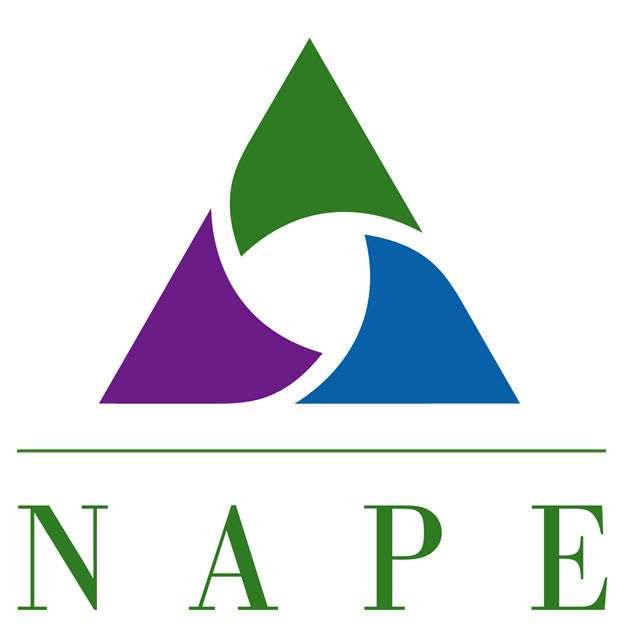1. Cultural Values
Mr. Kirby: You mentioned something earlier about Native American values, like how you value nature and respect for elders. How do those values affect your teaching and your classroom environment?
Ms. Two-Rivers: Our values shape so much of what we do, although we might not always be aware of it. Your values are a measure of what’s most important to you. You put more time and effort into those things you value.
Mr. Kirby: So, for example, a person who doesn’t value education isn’t likely to pay attention in class or work very hard.
Ms. Two-Rivers: Yes. We all have our individual and personal values, but cultures have values too.
Mr. Kirby: What do you mean?
Ms. Two-Rivers: American culture, and the dominant Western culture in general, places a high value on wealth. We admire people who have lots of money, we dream about being like them, and we strive to become rich.
Mr. Kirby: OK, I see what you’re saying. As a culture, we emphasize earning money as a way to get ahead, and wealthy people often have more power.
Ms. Two-Rivers: Right. We reward what we value. But the values of the dominant American culture aren’t the only factor determining an individual’s values.
Mr. Kirby: Certain individuals don’t worry about money as much, even though they’re part of the American culture. Some values might be common or dominant, but we can’t treat them as Single Stories.
Ms. Two-Rivers: That’s a good point. Also, other cultures, like Native American cultures, may not always share the same values. In fact, sometimes those values conflict.
Mr. Kirby: So I could be rewarding behaviors in my own classroom because they align with my values, but those values might not be shared by all my students?
Ms. Two-Rivers: You might not even be entirely conscious of the values reflected in your teaching. Cultural values can be so pervasive that we sometimes think of them as simply the “best” way to do something.
Mr. Kirby: How can I figure out what values are reflected in my teaching and how to be more inclusive?
Ms. Two-Rivers: Here, I have an exercise and some resources to help you think about it some more.
2. Indigenous Knowledge
Mr. Kirby: Wow, thanks for sharing all of that. I’ve never really thought about how the values in my classroom reflected the dominant culture before. It’s very enlightening to look at it through a different lens. I’m going to need to take some more time later reviewing that content to see how I can integrate some of those strategies into my teaching.
Ms. Two-Rivers: I’m glad you found it so helpful. It can be eye-opening to shift your perspective like this. When you examine Native American culture and values like this, you discover that indigenous peoples have other ways of knowing that complement the traditional formal education system.
Mr. Kirby: [confused] Other ways of knowing…what’s that?
Ms. Two-Rivers: What we do here in school is formal education. We have Common Core, standardized tests, district curriculum, official textbooks, planned curriculum, and so on.
Mr. Kirby: OK.
Ms. Two-Rivers: Indigenous knowledge is what is passed on orally from generation to generation, based on our experiences and the stories of our culture. Part of that indigenous knowledge is the values that we’ve been talking about, but it’s also the day-to-day practical expertise about how to thrive in this local environment.
Mr. Kirby: Thriving in the local environment…things like what seeds to plant when and how the parts of the ecosystem interact?
Ms. Two-Rivers: Yes, those are good examples. All indigenous peoples have knowledge of those areas to share. This isn’t unique to Native Americans; Australian aboriginal peoples and the Maasai tribe in Kenya have their own indigenous knowledge too.
Mr. Kirby: This is about local knowledge specific to a particular place, right? The knowledge of a tribe in the Pacific Northwest would be different from the knowledge of a tribe in Florida.
Ms. Two-Rivers: Right.
Mr. Kirby: Are indigenous knowledge and traditional education on opposite ends of a spectrum?
Ms. Two-Rivers: No, not really. Sometimes indigenous values can conflict with the values of the dominant culture, as we discussed earlier. Indigenous knowledge and traditional education don’t have to be in opposition though. They can actually complement each other.
Mr. Kirby: How so?
Ms. Two-Rivers: It isn’t a matter of only teaching one way or the other in your classroom. When you’re aware that other ways of knowing exist, you can start to incorporate them into your teaching in ways that extend the activities you’re already using.
Mr. Kirby: You know, this is pretty deep stuff. I’m not completely sure I’m getting it yet. Do you have some examples?
Ms. Two-Rivers: Sure, I have a couple of ideas I can share with you.
3. Native American Values and Knowledge
Mr. Kirby: Thanks for those examples. That gives me a place to start thinking about being more open to other ways of knowing in my teaching. Between that and thinking about Native American values, I’m starting to see how my classroom might not be as welcoming to my Native American students as I hoped.
Ms. Two-Rivers: Recognizing your own values and how you communicate them in the classroom is an important step. The values that we demonstrate and how we show respect for other cultures really matter in helping every student be successful.
That leads us to another topic: the messages we communicate in the classroom, both positive and negative. We send these messages in a number of ways, sometimes unintentionally.

